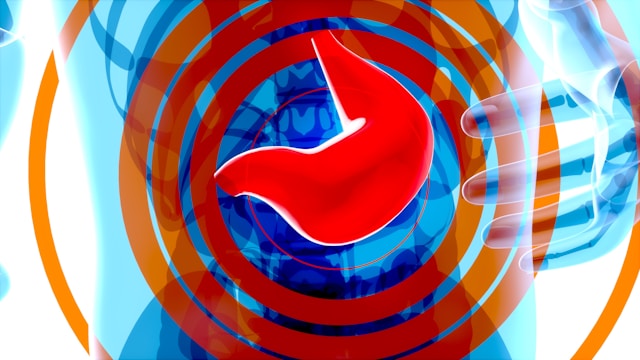If you have pain, you want to relieve it the best you can, as quickly as you can. If it’s chronic pain, you may have even less patience. But as tempting as pain relief is, you might find yourself thinking about the consequences of taking or not taking the drug. A dose may make the pain bearable or wipe it away completely, but if you continue to use the medication, will you get hooked? When does pain management turn into drug addiction?
The Stages
Telling the difference between pain management and addiction is difficult. You may think that you’re just treating symptoms, but you might be feeding your addiction. But it’s not always one or the other. There are stages in between that include:
- Tolerance. Occurs when a person needs a higher dose of a drug to achieve the same level of relief. Dosages may be adjusted as pain level varies, but tolerance also occurs among addicts.
- Dependence. If the drug is stopped, withdrawal symptoms will occur.People taking opiates as prescribed can become dependent on them.
- Pseudo-addiction. Occurs when a patient needs more pain relief and his or her behavior mimics that of a drug addict—requesting higher doses and getting frustrated with doctors.
Addiction occurs when a person seeks out and uses a drug compulsively, even if it is causing harm.
Who Gets Addicted to Pain Meds?
Many patients avoid or take less of pain medication because they fear addiction. They think that using any amount of painkillers will make them addicted. Some doctors have the same fear and are hesitant to prescribe pain medication. As a result, patients aren’t always getting the prescriptions they need for pain. In the short term, a person who takes prescribed pain medication as directed is unlikely to become addicted. Patients who take painkillers long term as prescribed develop dependence and are somewhat more likely to get addicted, even using medication as directed. In addition, some people are at greater risk—those who have a history of being addicted to substances or are related to someone who is or has been. People with a history of mood disorders or schizophrenia are also more likely to abuse or become dependent on drugs.
Is It Addiction?
Signs of addiction to pain medication include taking the drug more frequently than directed, using higher doses or ingesting it in other ways, such as crushing tablets and snorting them. There is also a concern if the patient gets the prescription from different doctors or uses multiple pharmacies.
Preventing Addiction
Be open with medical professionals. Tell your doctor if you or a family member has a history of alcohol or drug abuse. This way your doctor will be able to prescribe a drug right for you and can monitor your usage. While taking the opioid, if you find that it isn’t fighting pain any more, you may need a higher dose. This does not indicate that you have an addiction. It is common to develop pain medication tolerance. Talk to your doctor about your pain and what can be done to manage it. If you feel like you’re on the verge of opioid addiction, talk to medical professionals. Your doctor can identify the signs of addiction and change your treatment to address your pain and lessen your risk of addiction. Lakeview Health offers opioid addiction treatment in a safe medically supervised environment, as well as pain recovery services that help aid recovery from chronic pain without the use of addictive substances. Avoid withdrawal symptoms and call Lakeview at [Direct]. Our admission coordinators can usually get you into a substance abuse treatment program on the same day, and you can begin the road to lifelong recovery.




